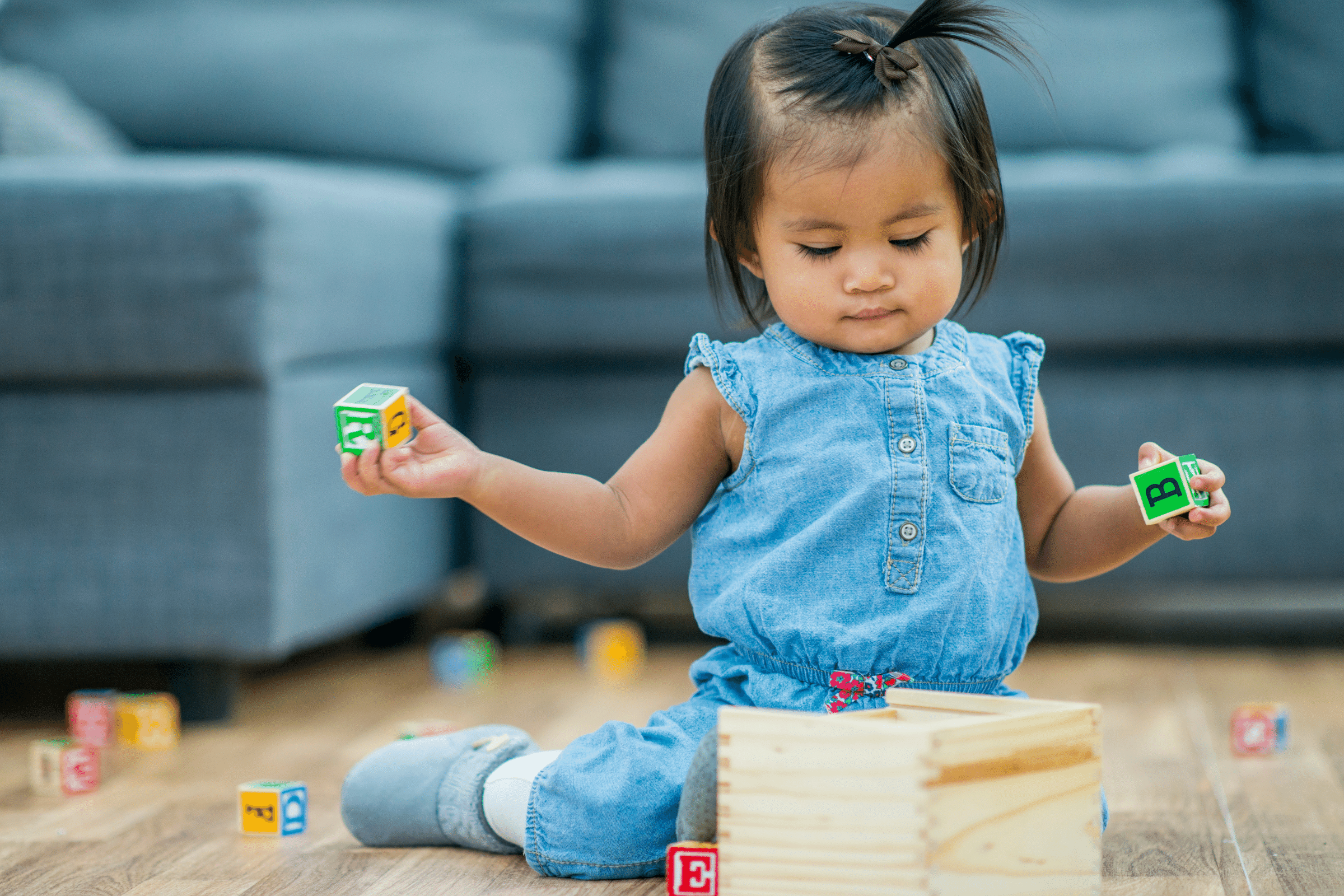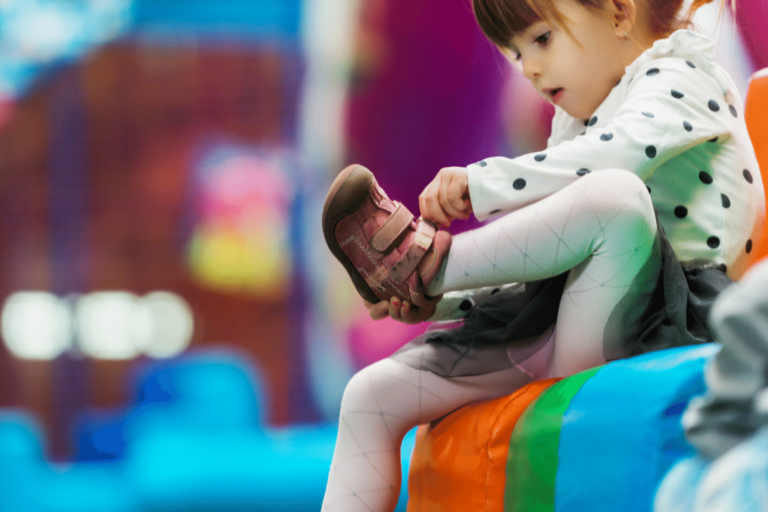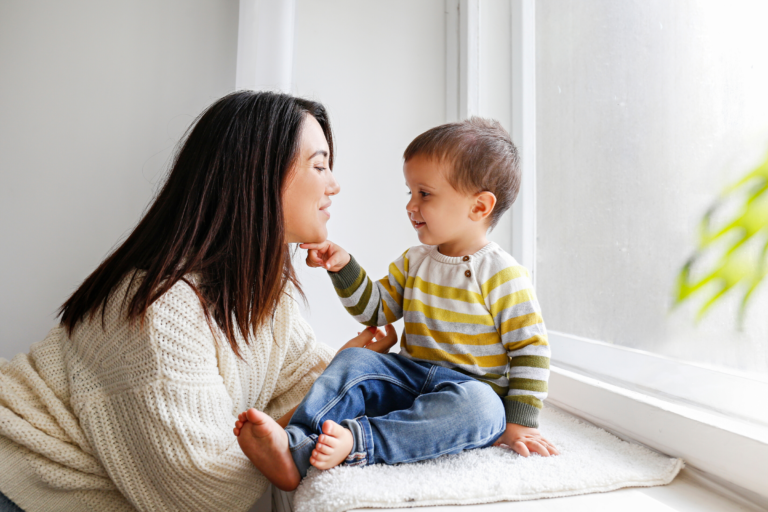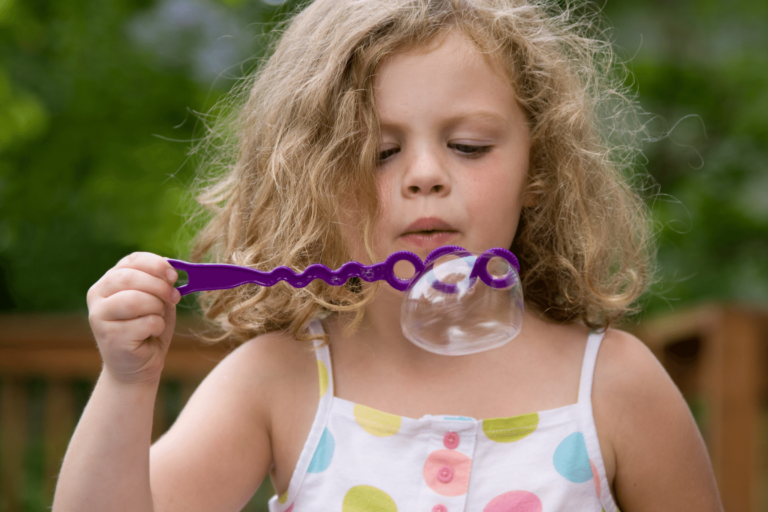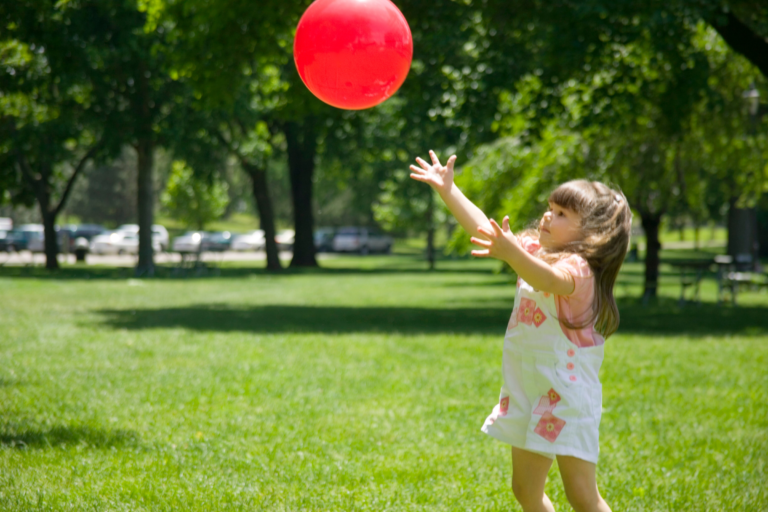Independent Play: Why It’s Important and How You Can Encourage It
Independent play is an important part of your child’s development. It helps them discover who they are and what they like, learn skills such as creativity and socialization, discover more about their world through exploration toys, develop gross motor skills that will contribute to healthy growth for years to come; the list goes on.
But it can be difficult to know how to help children get in touch with their inner adventurer.
This article provides some insight into how to encourage independent play, why it’s important for your child, and practical strategies you can use to get them involved in an exploratory experience.
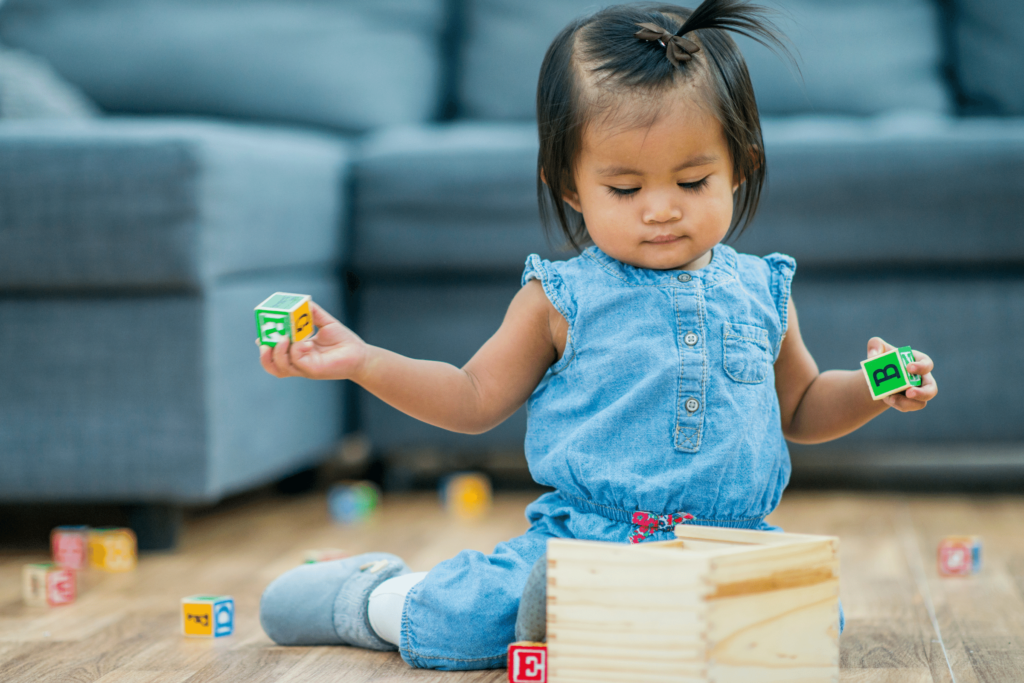
What is independent play?
Independent play is engaging in an activity without interference from an adult or another child. Independent play is the way children learn to move and interact with their environment on their own. Rest assured, it’s perfectly okay to let your child play alone. As long as your little one is safe and you’re nearby, he can be playing by himself for a few minutes at a time. Play is something that comes naturally to children, but it takes modeling and coaching for some children.
What are the benefits of independent play?
Independent play is a particular type of play that children need to grow and develop their cognitive, social, emotional, and physical skills. This type of play helps to reinforce many different types of learning and is an important part of children’s development, encouraging children to explore and learn. By taking advantage of this natural urge, parents can allow their children to develop problem-solving skills as well as build creativity and imagination by fostering the ability and desire to explore on their own without any boundaries.
Independent play builds confidence.
Without engagement, children have to solve problems on their own. Let your child confront manageable challenges and come up with solutions on their own. With each new accomplishment, they’ll learn to have increasing confidence in themselves and their abilities.
Support learning by playing on their own.
Independent play increases active learning. Through active learning, children tend to pay attention longer, retain more information, and strengthen their cognitive skills.
Play independently to increase creativity.
Independent play breeds imagination. These days, many children are spoon-fed what they need to know at a very young age. When they’re given the freedom to explore on their own, it allows them to become creators of their own stories and adventures.
Enhance their problem-solving skills.
Your child learns to first attempt something before asking for help. Problem-solving through play encourages a child to take charge of their own learning and become self-reliant.
Increase self-regulation and more.
When children are playing on their own, it helps them to learn how to self-regulate as they develop an understanding of cause and effect through their independent adventures. Unstructured and imaginative free play is also a natural way for kids to develop attention regulation and extended focus.
Reduce stress. Your child needs quiet time too.
Independent play gives your child a chance to tap into their inner resources while you take care of other responsibilities. Playing alone offers children a chance to have their own peace and quiet and to have a little more control over sensory stimulation.
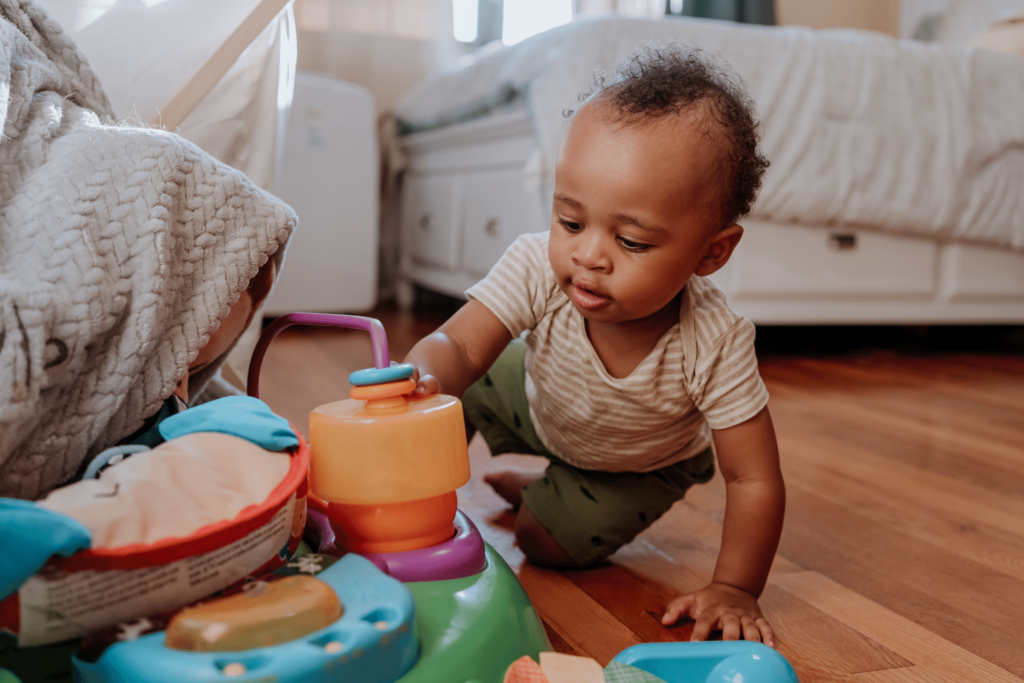
How to encourage independent play
Start slowly independent play time.
Adding solo play time into your day gradually will allow your child to ease into it. 5 minutes or even 10 minutes is a good start for children who don’t usually play on their own.
Remain accessible.
Your child will probably be more comfortable if you stay close by. Check in on them frequently and offer some encouraging praise.
Minimize directions.
Let your child take the lead instead of telling them how to play. Maybe they want to treat their dolls to dance parties instead of tea parties.
Make a list.
On the other hand, your child might appreciate some suggestions and guidance. Brainstorm together to come up with things they can do on their own like coloring, jumping rope, building with blocks.
Design a safe space.
Create a safe, childproof play area where kids can explore freely.

Provide appropriate independent play toys.
Toys are a huge part of encouraging independent play. Non-electronic toys are multidimensional; they leave the child’s imagination free to create and explore. To avoid frustration, pick games and toys that are suited to your child’s age and abilities. It’s okay for them to be a little challenging.
Avoid overstimulation.
If there are too many different toys available, kids can feel overwhelmed. Create a rotation to keep things interesting.
Cheer them on.
Children feel good about what they are working on with encouragement and praise from caregivers. Praise them for playing on their own, their creativity and creations.
Maximize quality time.
It may also help to pay extra attention to your child before you leave them on their own. Spend some time doing an activity together like reading a story or playing outside.
Create daily routines.
Children thrive on routine, consistency and knowing what’s happening next. Make independent play a part of your daily schedule.
Be flexible.
On the other hand, there will be times when you’ll need to adapt. Most children go through stages when they need more attention and comfort temporarily. It often happens during stressful events or major changes like a new baby or going back to school in the fall.
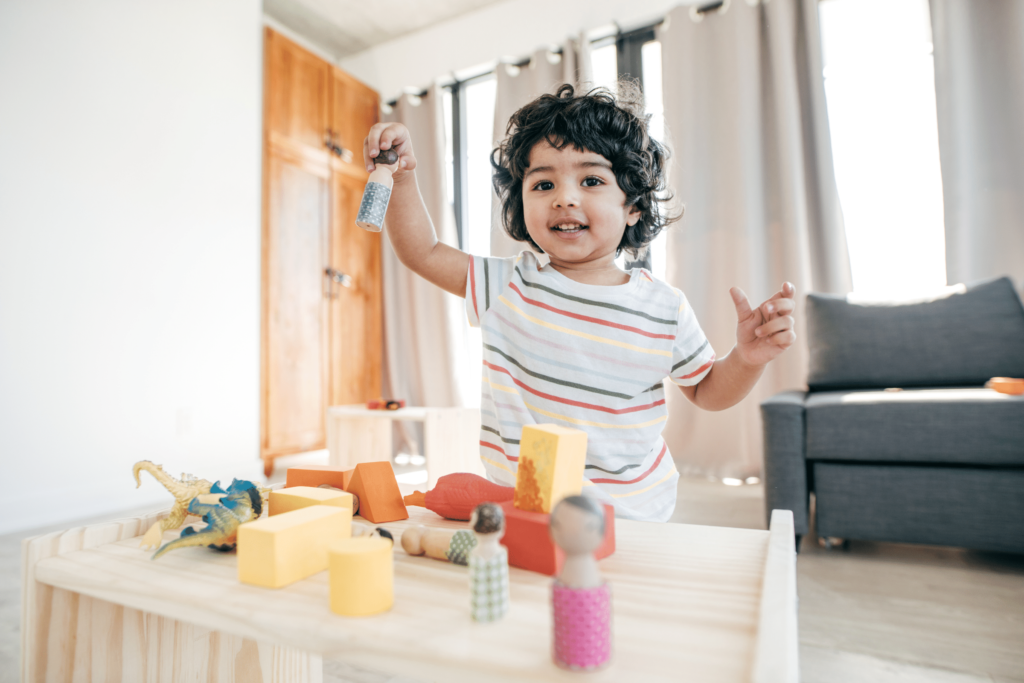
The Benefits of Independent Play for Caregivers
How does children playing independently benefit caregivers? When children are engaged in independent play and happily occupied on their own, an added bonus is it frees up a little time and energy for the adults. While you should always be close by and check in frequently, it’s beneficial and healthy to have a few minutes of quiet and less sensory stimulation for yourself.
Once children learn how to play alone, you’ll often find they are quickly stretching those new “independence” muscles late at night and early in the morning and occupying themselves for a bit without their adult feeling they need to rush into their room the minute their eyes open.
Another benefit to caregivers when one child can comfortably play independently is that it makes it easier for he or she to focus their attention on another child in the family for some one-on-one quality time without upsetting either child or anyone feeling left out.
Go with the flow.
At the end of the day, it’s important remember children of all different ages and abilities go through times in which they want to be more or less independent. Like all things in child development, it’s a process.
Make independent play a part of daily life. Create a space that inspires creativity and exploration. Provide toys that allow imaginations to run free and provide many possibilities. Stay close by. Offer positive praise and cheer them on.
If you’d like some ideas or guidance specific to your child’s age and abilities, consult your service providers, such as your child’s pediatrician or BCBA to get advice for your kiddo’s specific needs.

